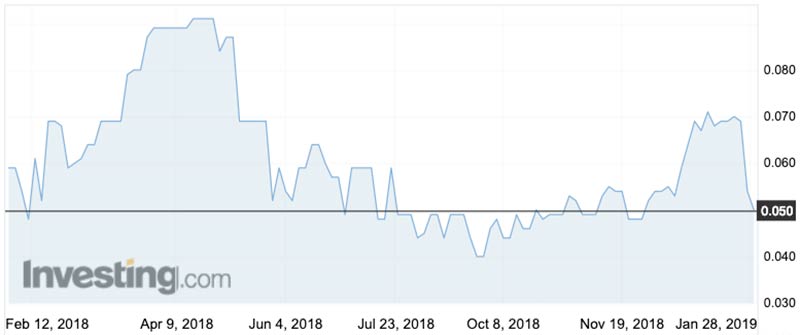Best in the West: Caravel unveils monster copper resource
Mining
Caravel Minerals is now the proud owner of the largest copper resource in Western Australia – 1.28 million tonnes and growing.
The explorer (ASX:CVV) will use this newly updated resource as the basis for a long-awaited study into developing its mammoth namesake project near Perth.
The indicated and inferred resource – 366 million tonnes grading 0.35 per cent copper — incorporates more than a decade of drilling data, Caravel told investors.

The majority of work to date has either confirmed or improved on previous studies, Caravel says.
Caravel director Alasdair Cooke tells Stockhead the company was originally on track to complete a pre-feasibility in March — but this has now been deferred, and an updated Scoping Study will take its place.
This is good thing.
“At the time that was going to be based on the original assumptions of the scoping study that we put out about 2 years ago,” Mr Cooke says.
“However, the drilling that we did and the geological model that we did put together over the last few months has changed the resource substantially.”
Miners can undertake up to four different studies when examining whether or not a project can be mined economically.
These are – from least to most comprehensive — scoping, preliminary feasibility (PFS), definitive feasibility (DFS) and bankable feasibility (BFS).
READ: Copper stocks may actually be better off than we think
Not only is the resource much bigger, there’s a high-grade component within it that wasn’t previously recognised, Mr Cooke says.
So rather than going straight to the PFS, Caravel will release an interim update of the Scoping Study first.
“Because there is a high grade core within it, there’s now scope to stage production by mining the higher grade early,” Mr Cooke says.
“That creates a few different options for the project.
“We also have very good metallurgical results to come out soon, as well as a number of other things that we were originally intending to publish in the PFS.
We will put all those economically sensitive results in the updated scoping study — that will give us 90 per cent of what we are looking for in the PFS.”
In 2016, Caravel released a scoping study outlining a “technically and financially robust project” — the current base case isn’t much different.
The main difference is the higher grade resource.
“These higher grades look a lot better if you put them in earlier in the schedule — we now think that’s a real possibility,” Mr Cooke says.
We could now potentially have the higher grade resource as a stage 1 project.
“[This means] you are producing more copper per unit, so per pound of copper costs go down [which is] more attractive on a financing basis.”
The original study estimated start-up costs of about $440 million for a 20-year project – but this was also based on a smaller 710,000 tonne resource.
This study estimated life of mine cash surplus of about $1.5 billion after tax, based on copper prices similar to the current prices.